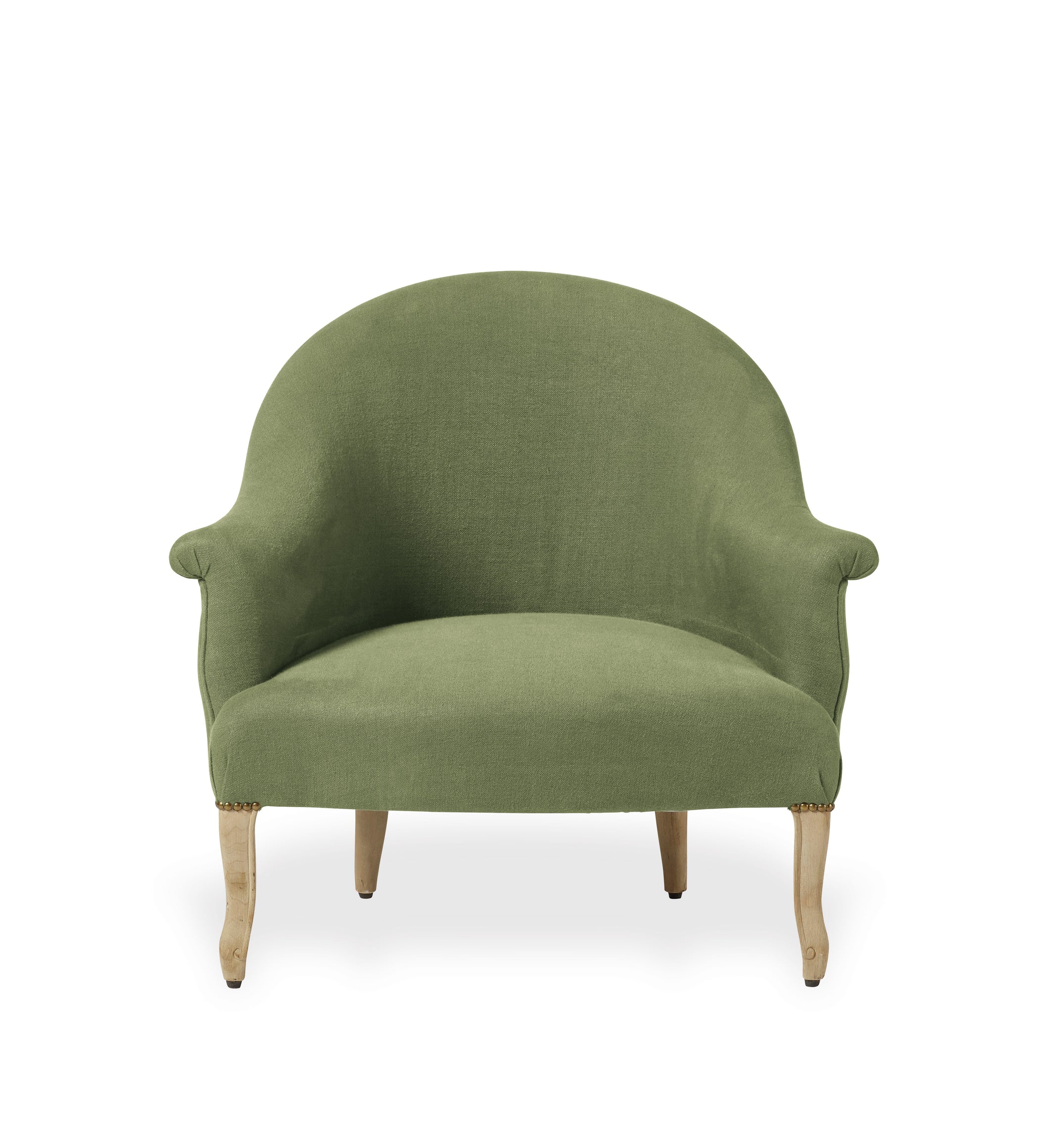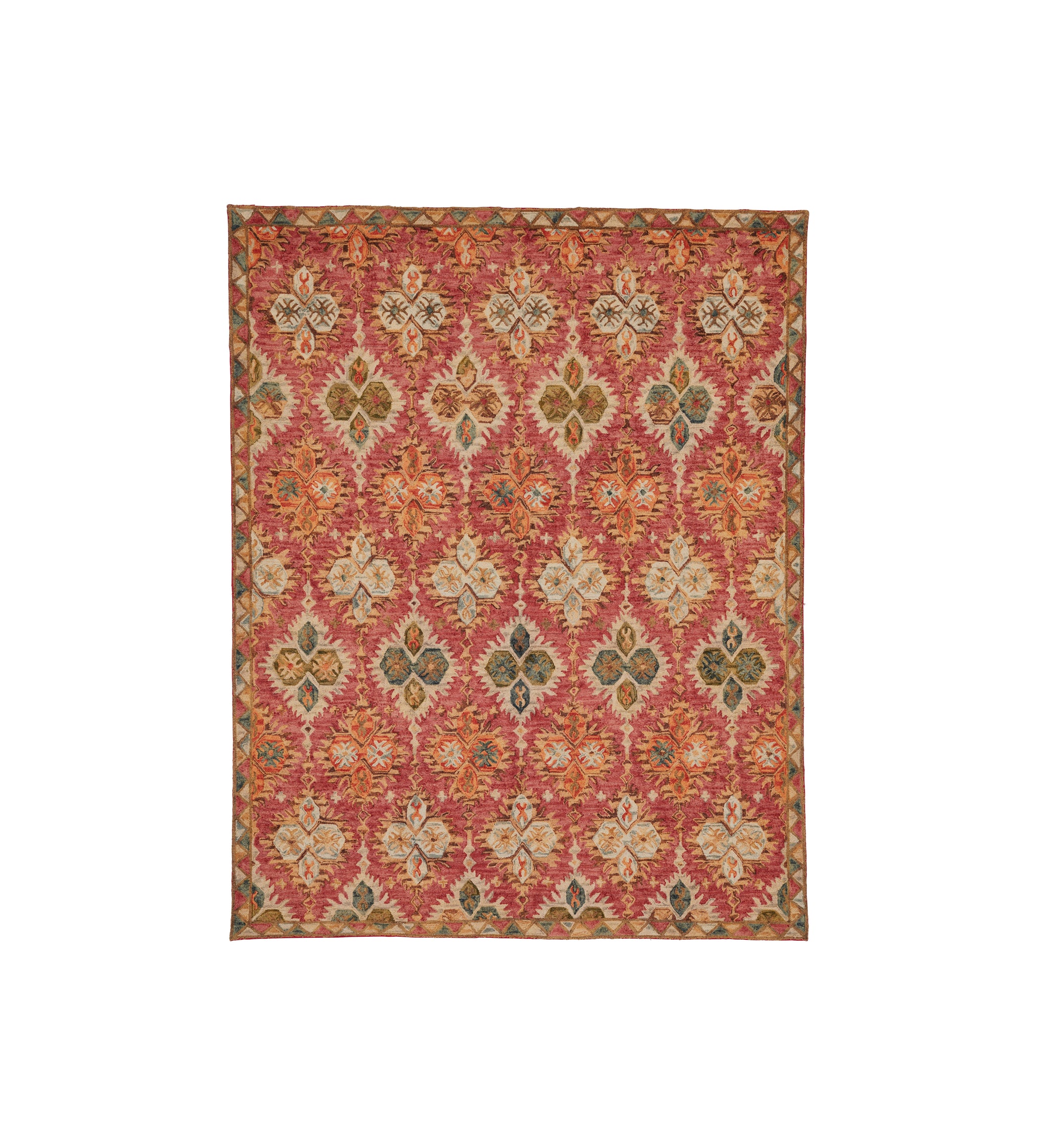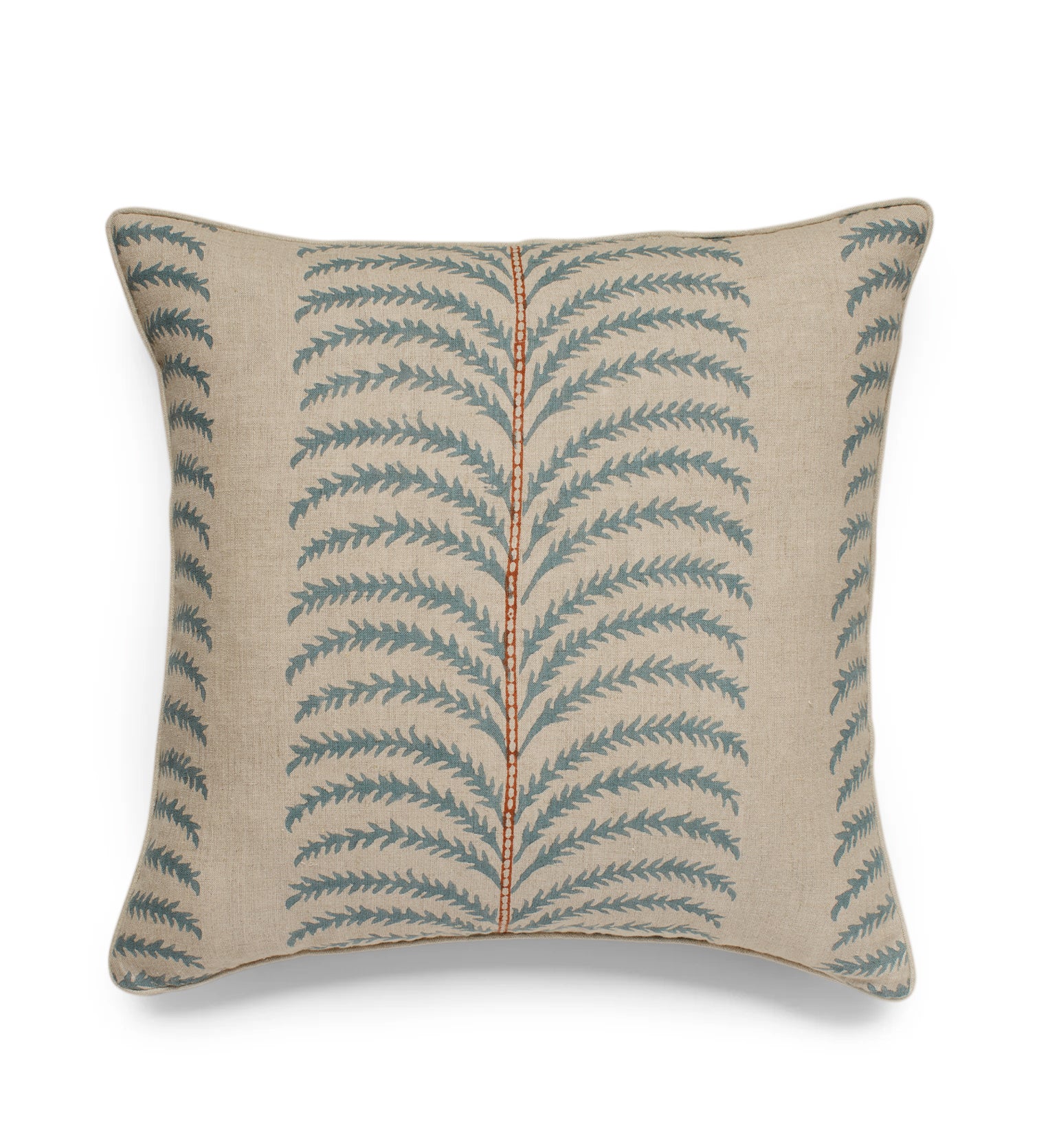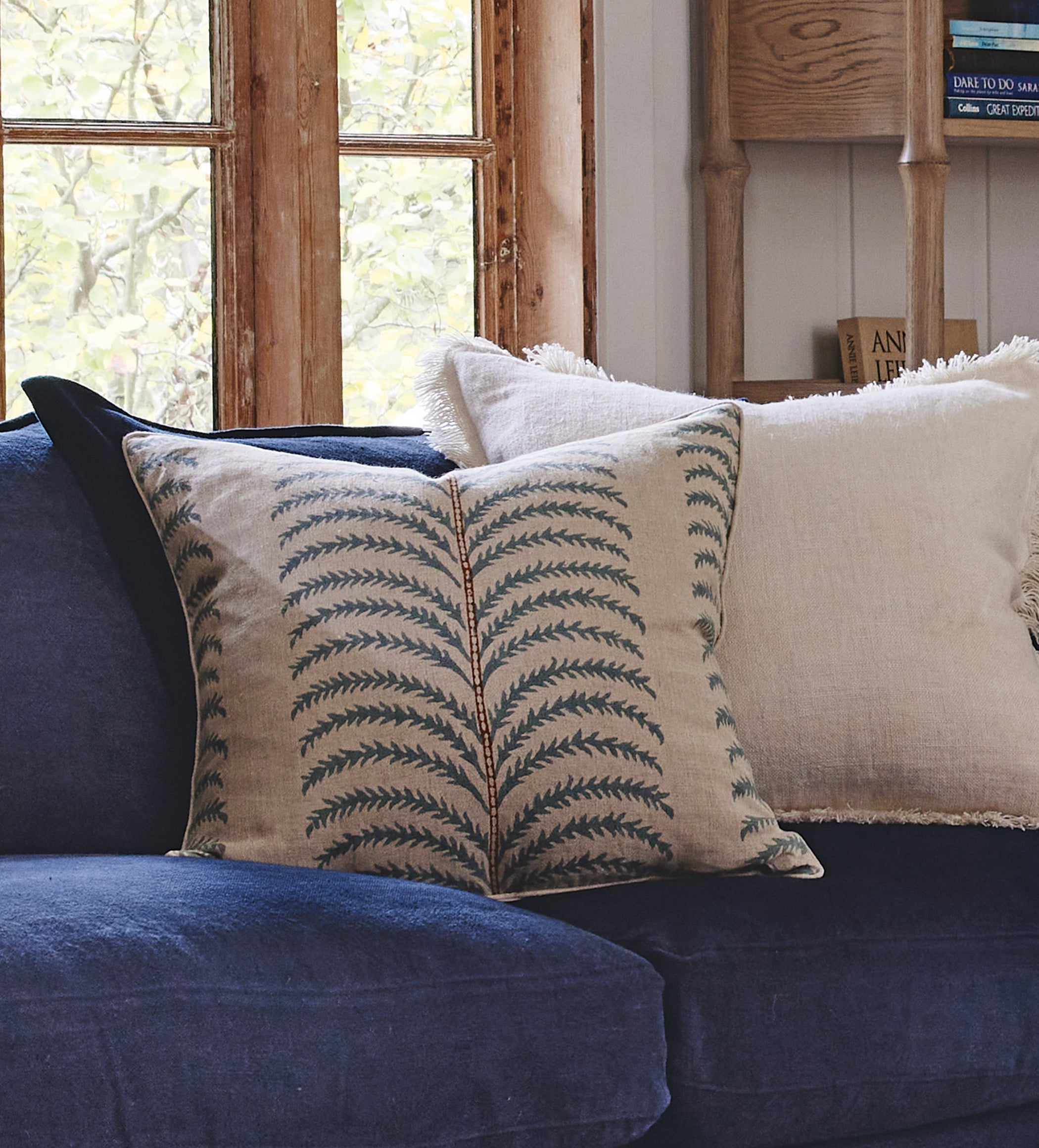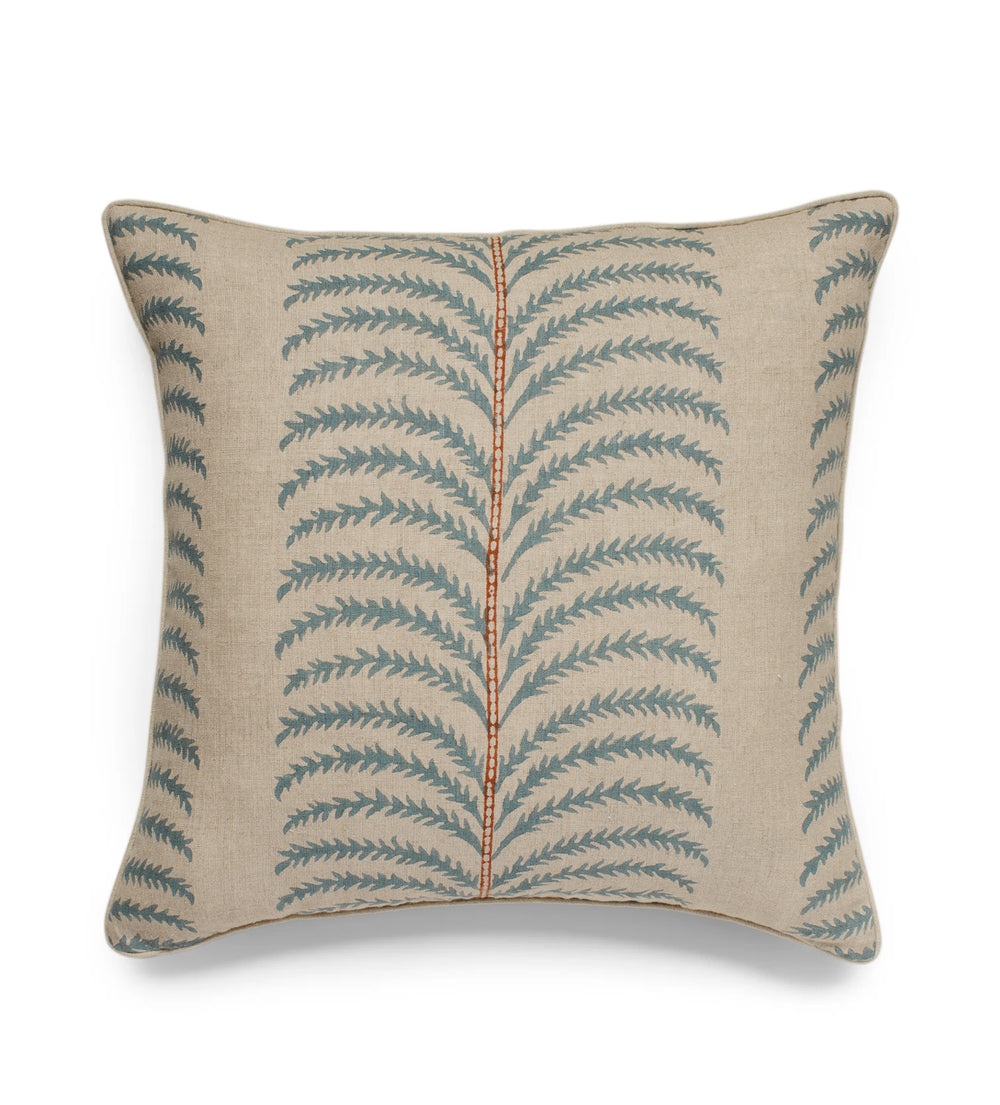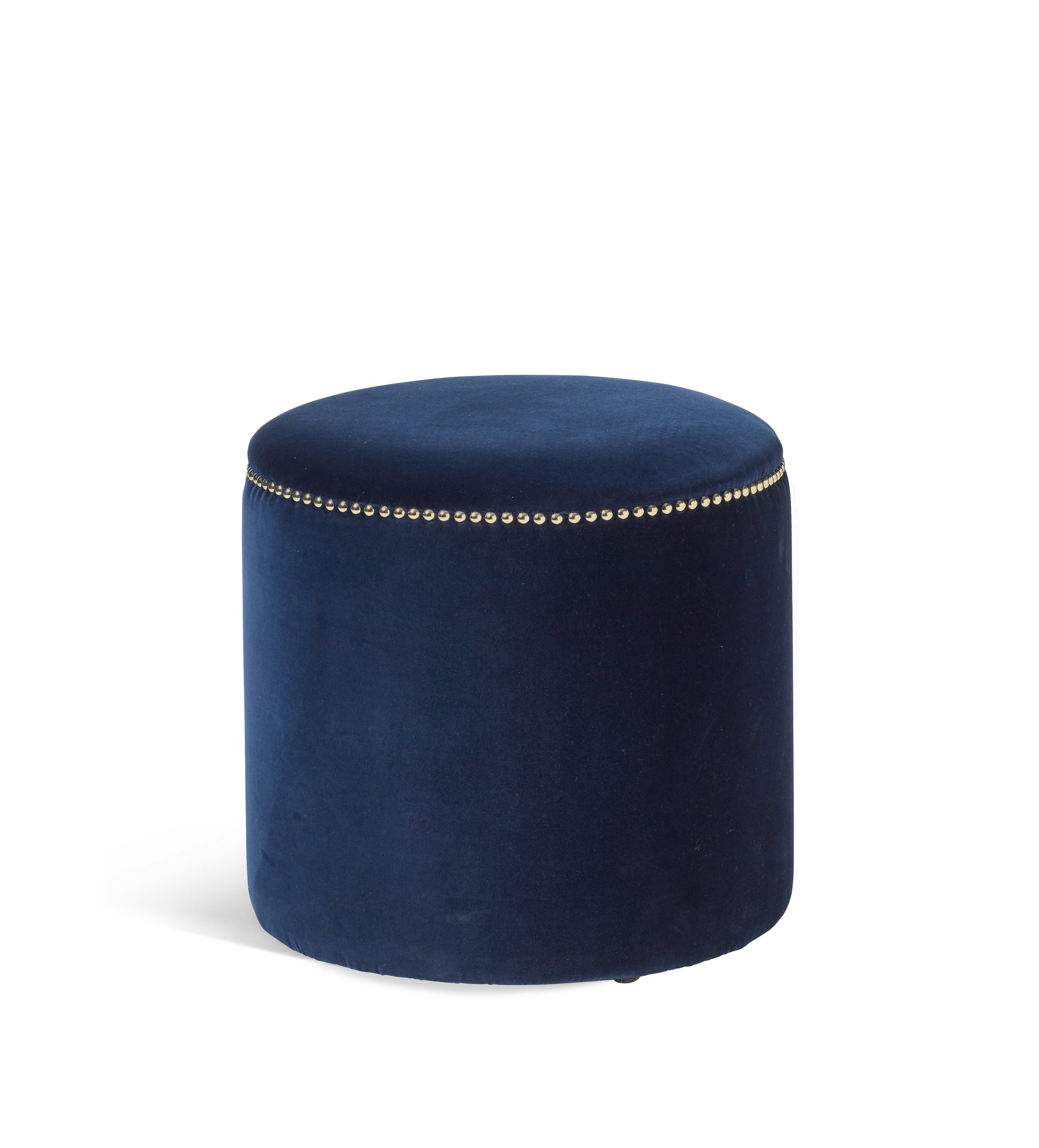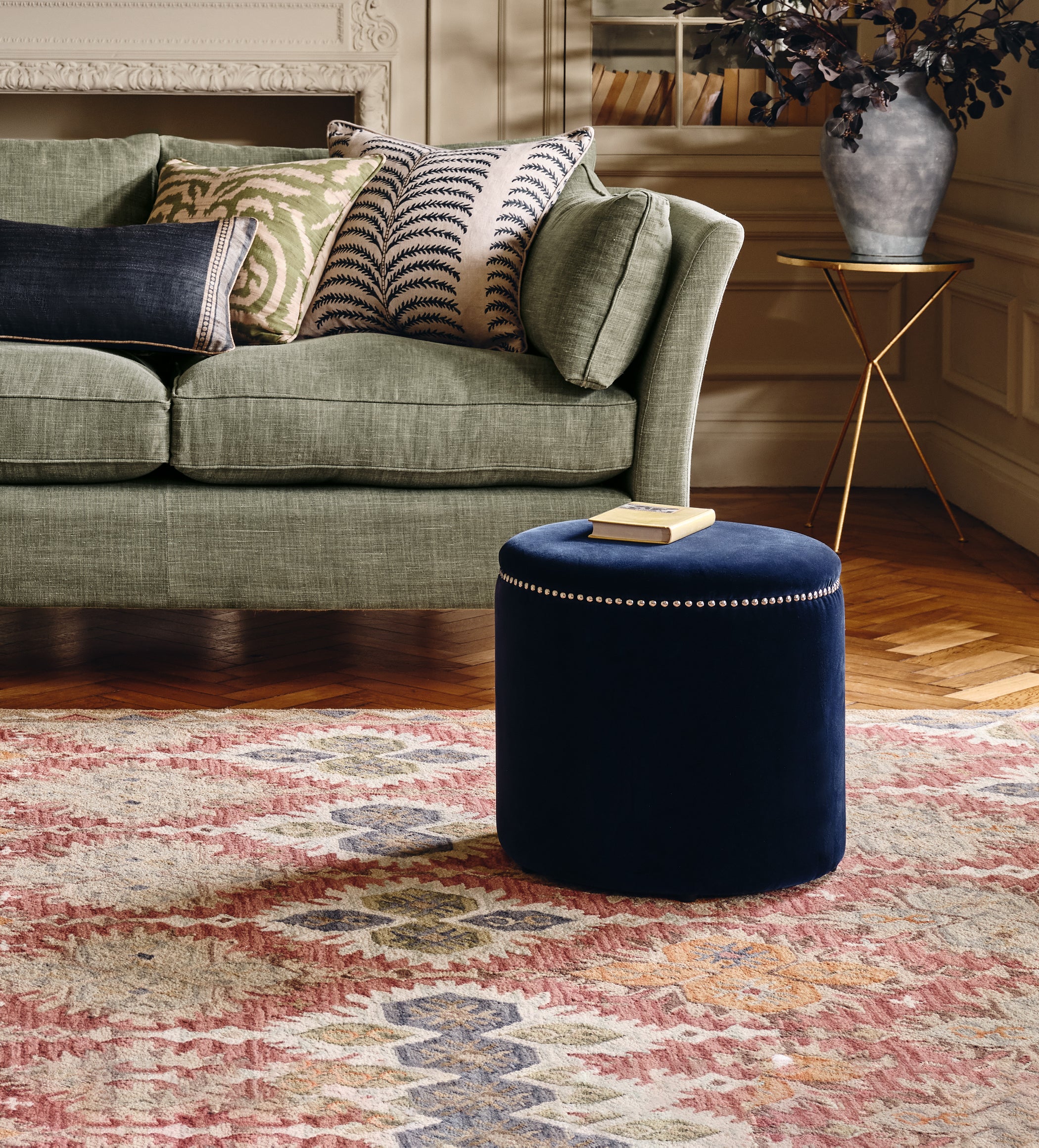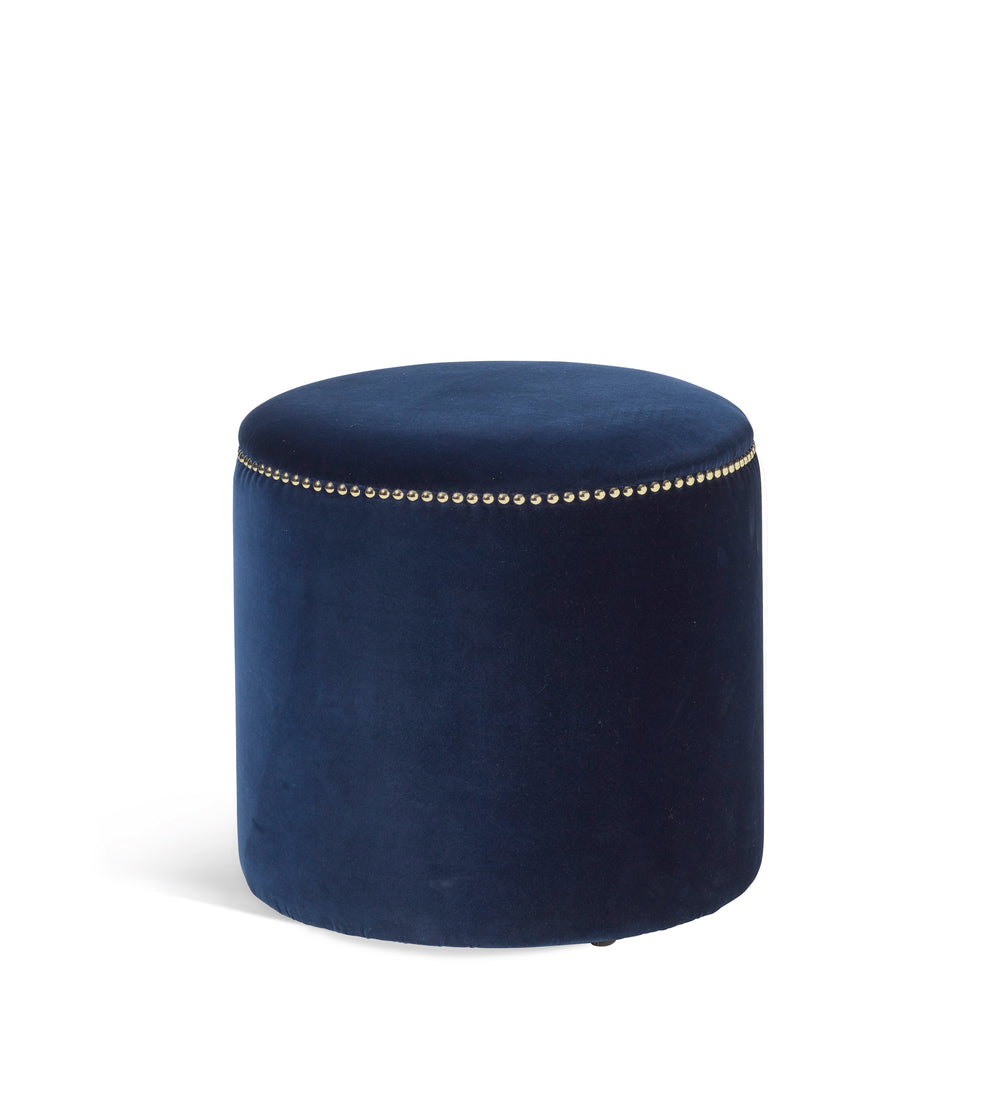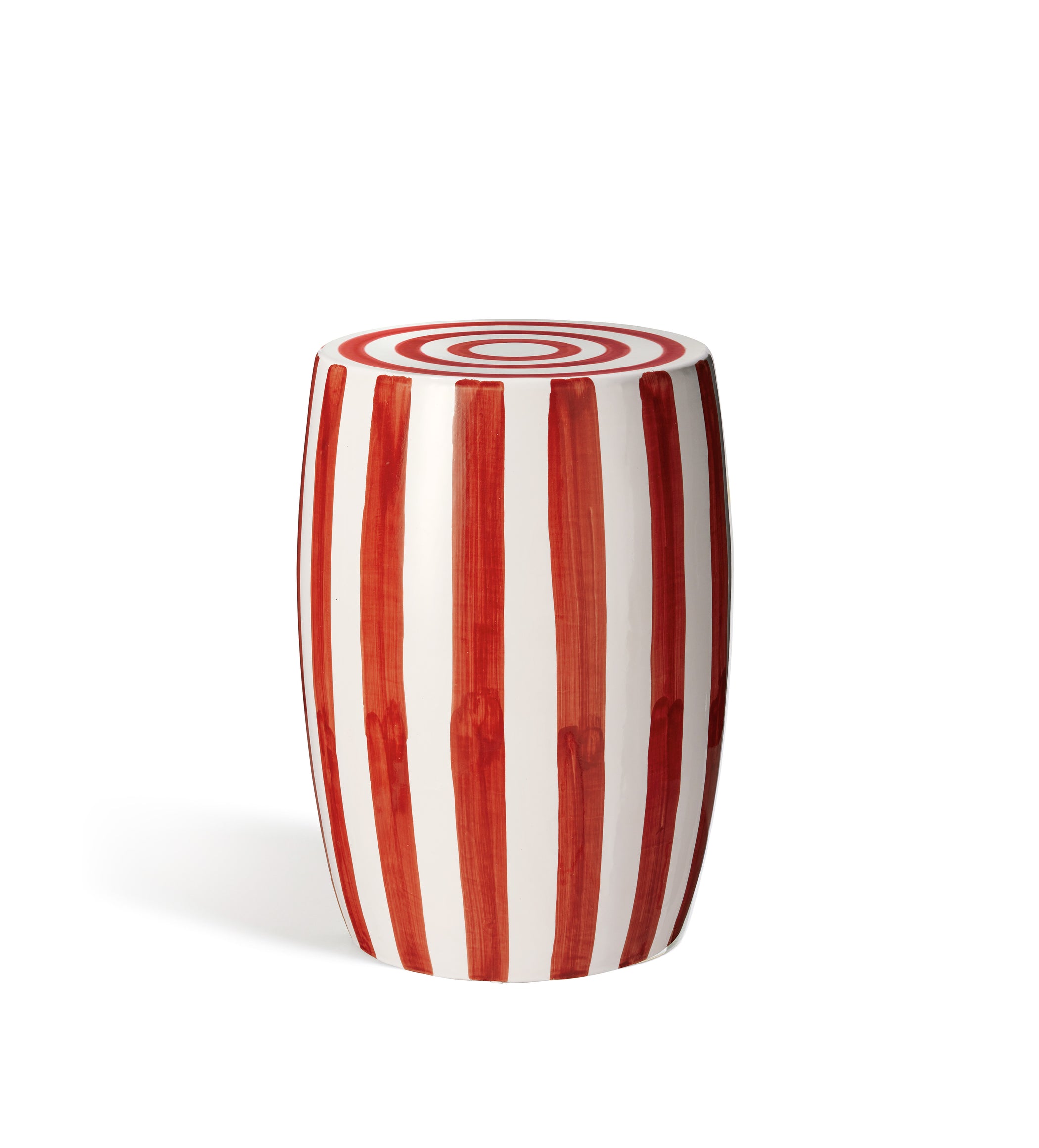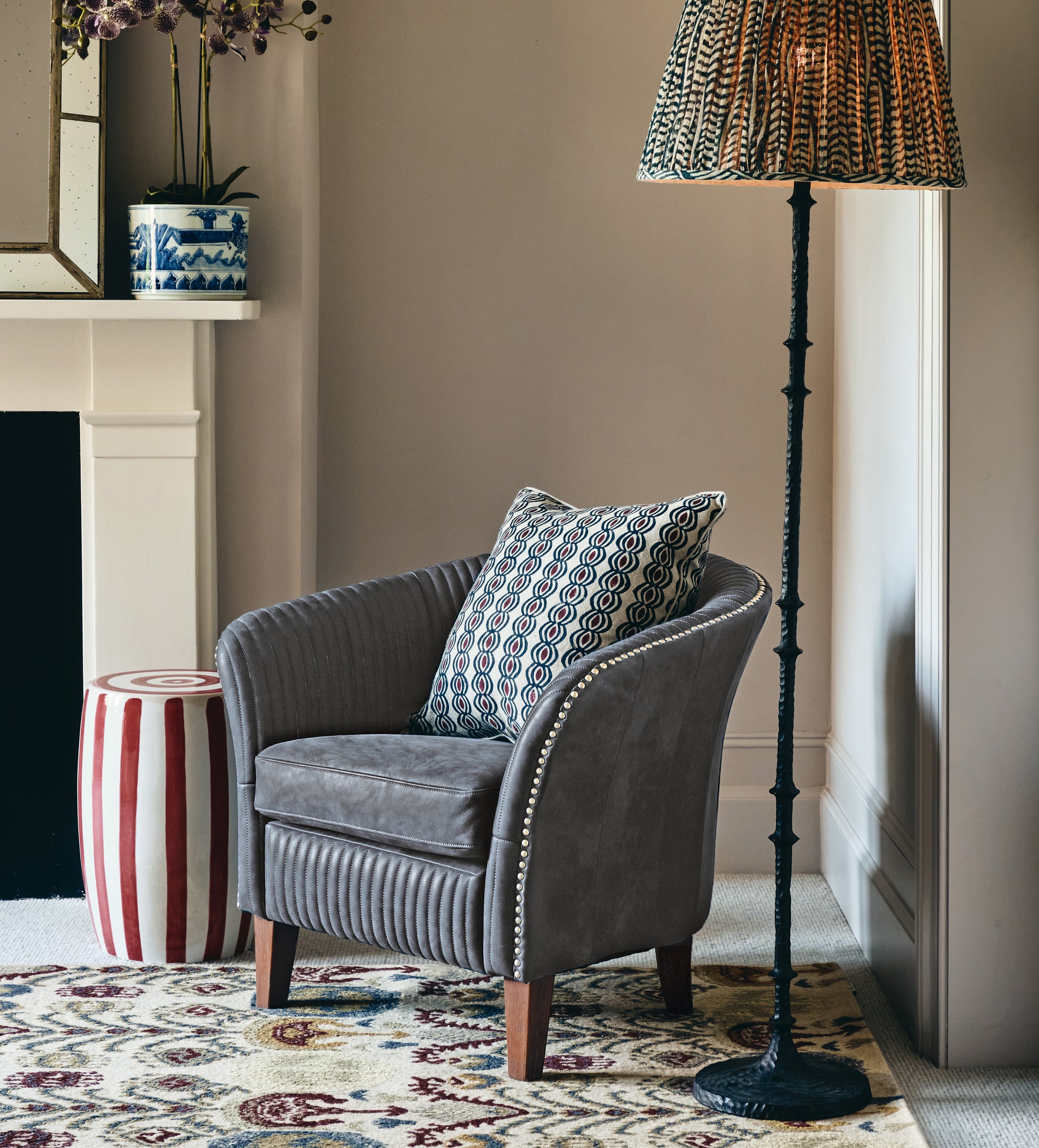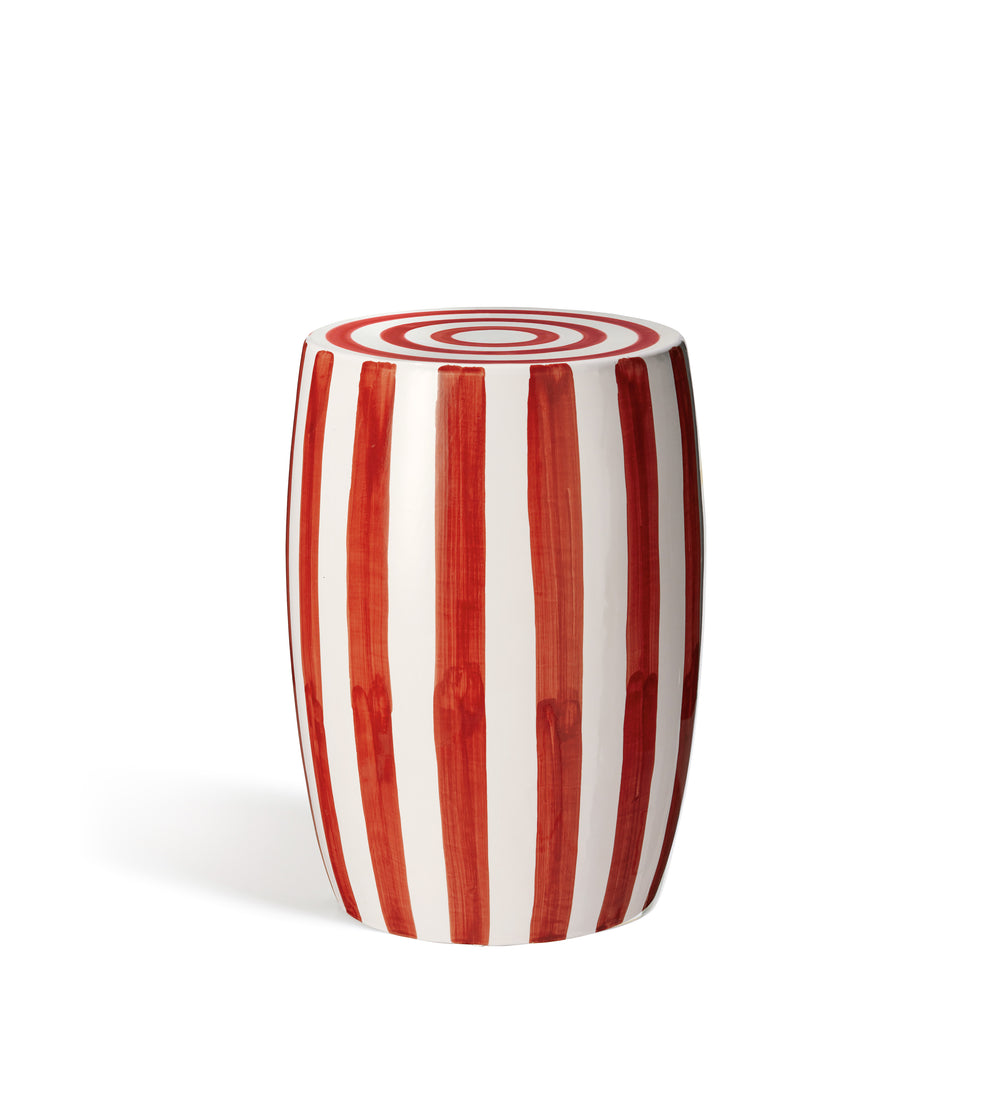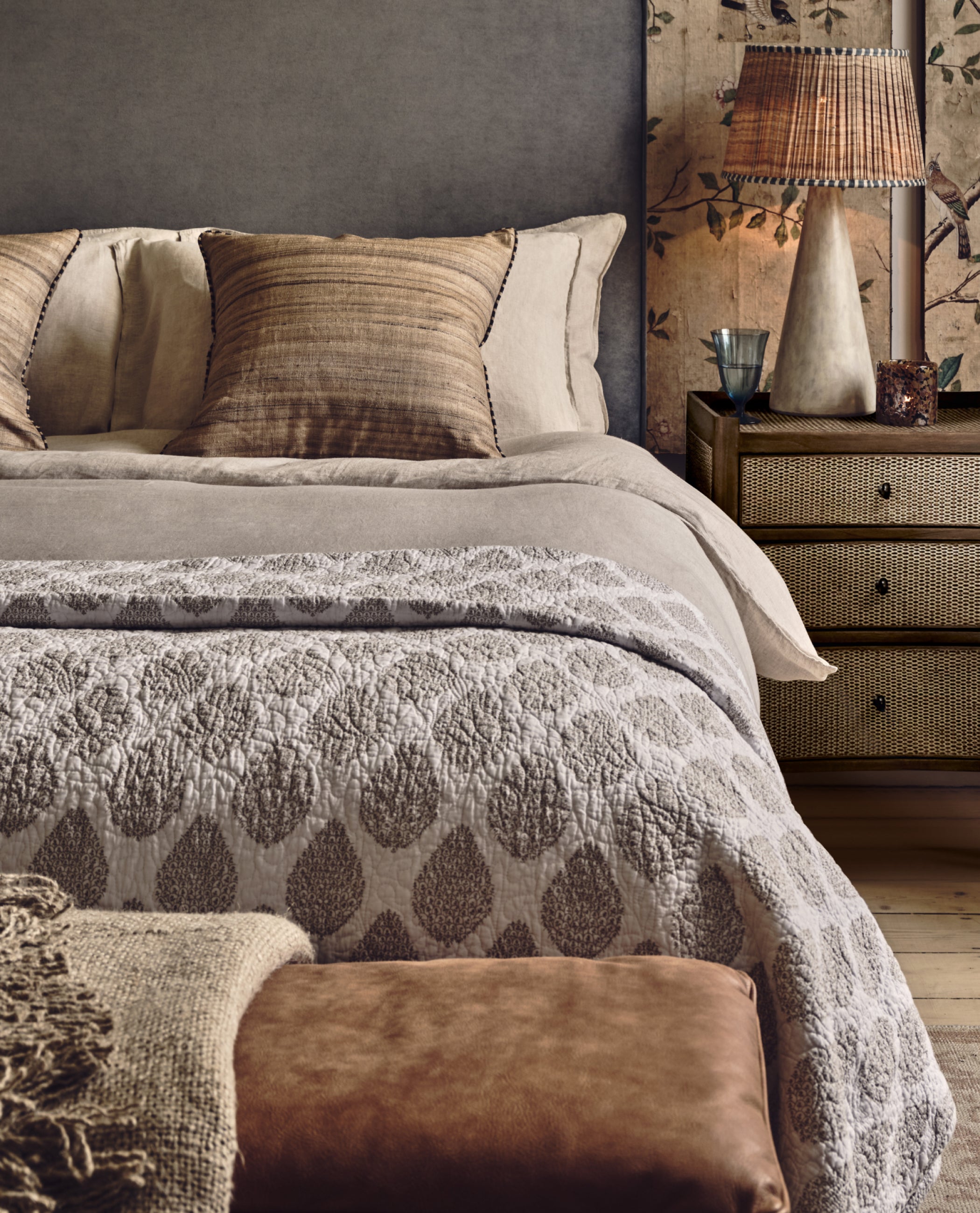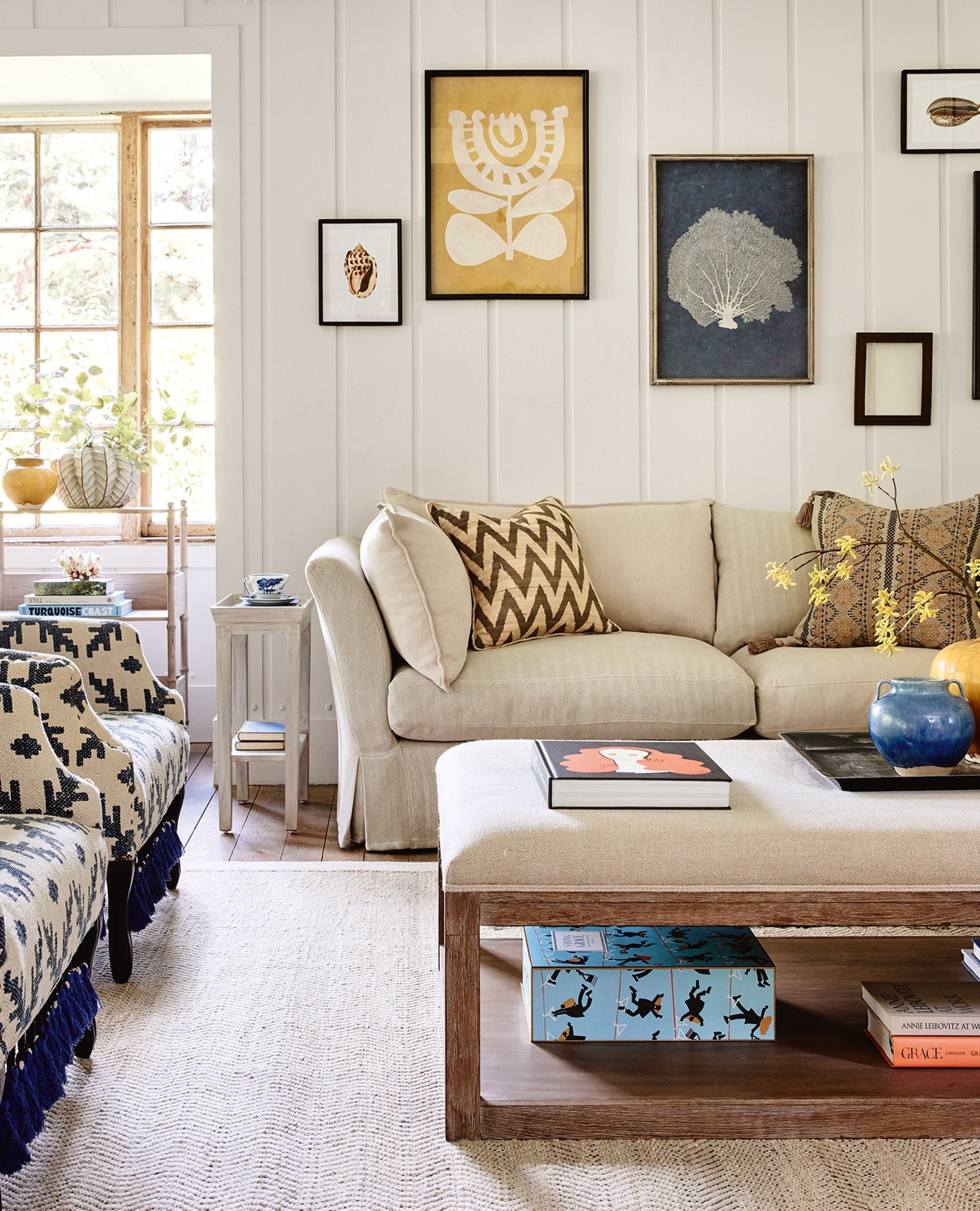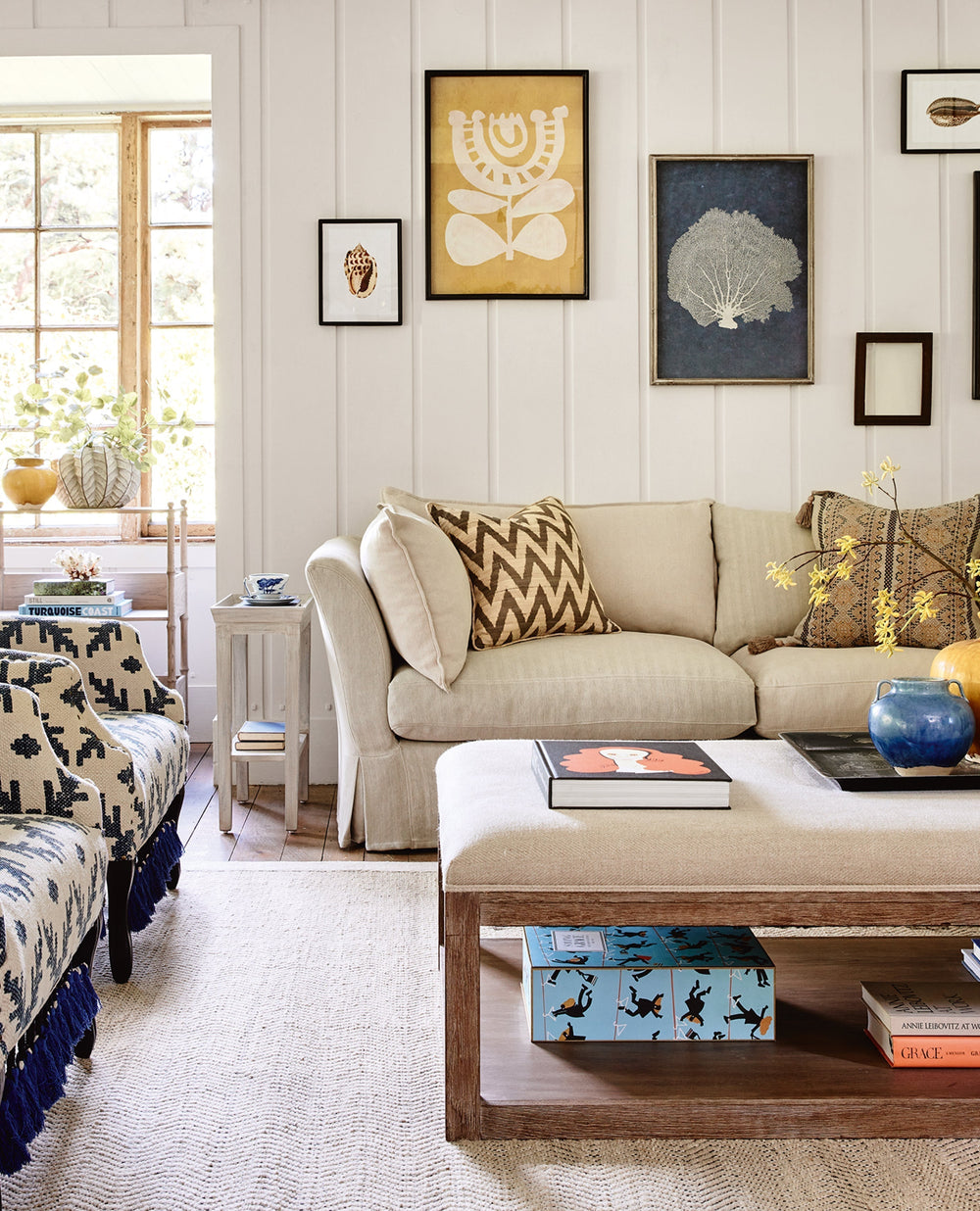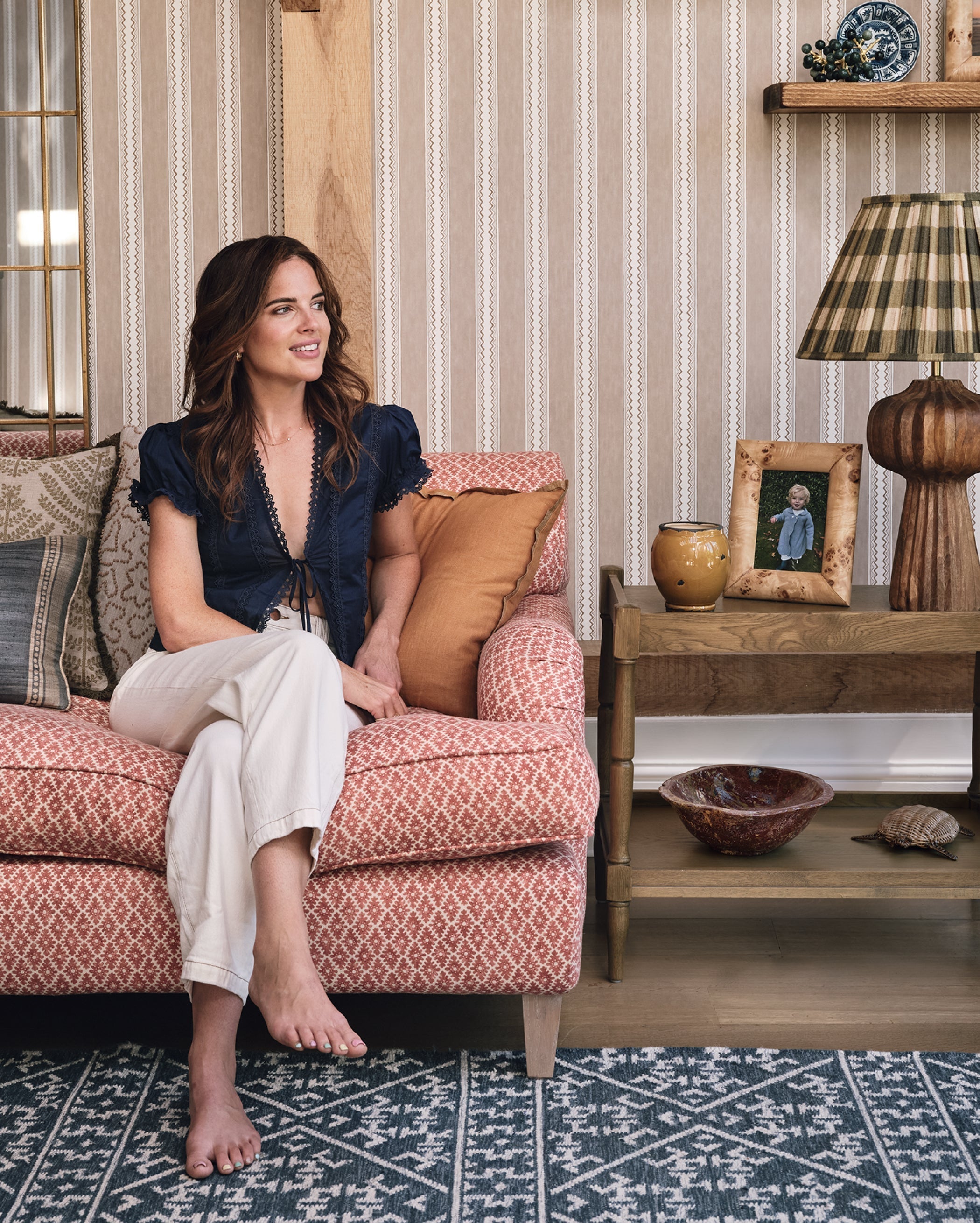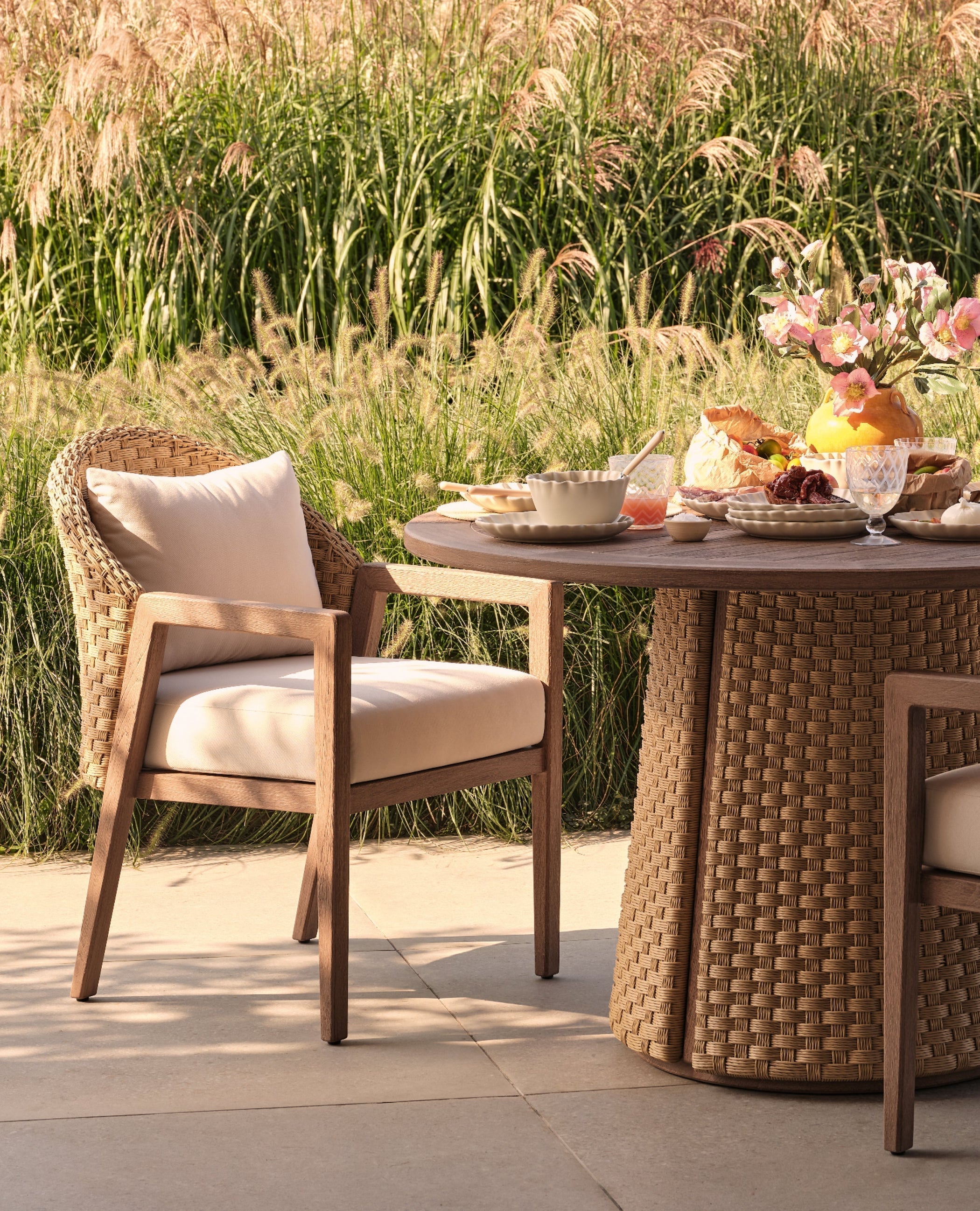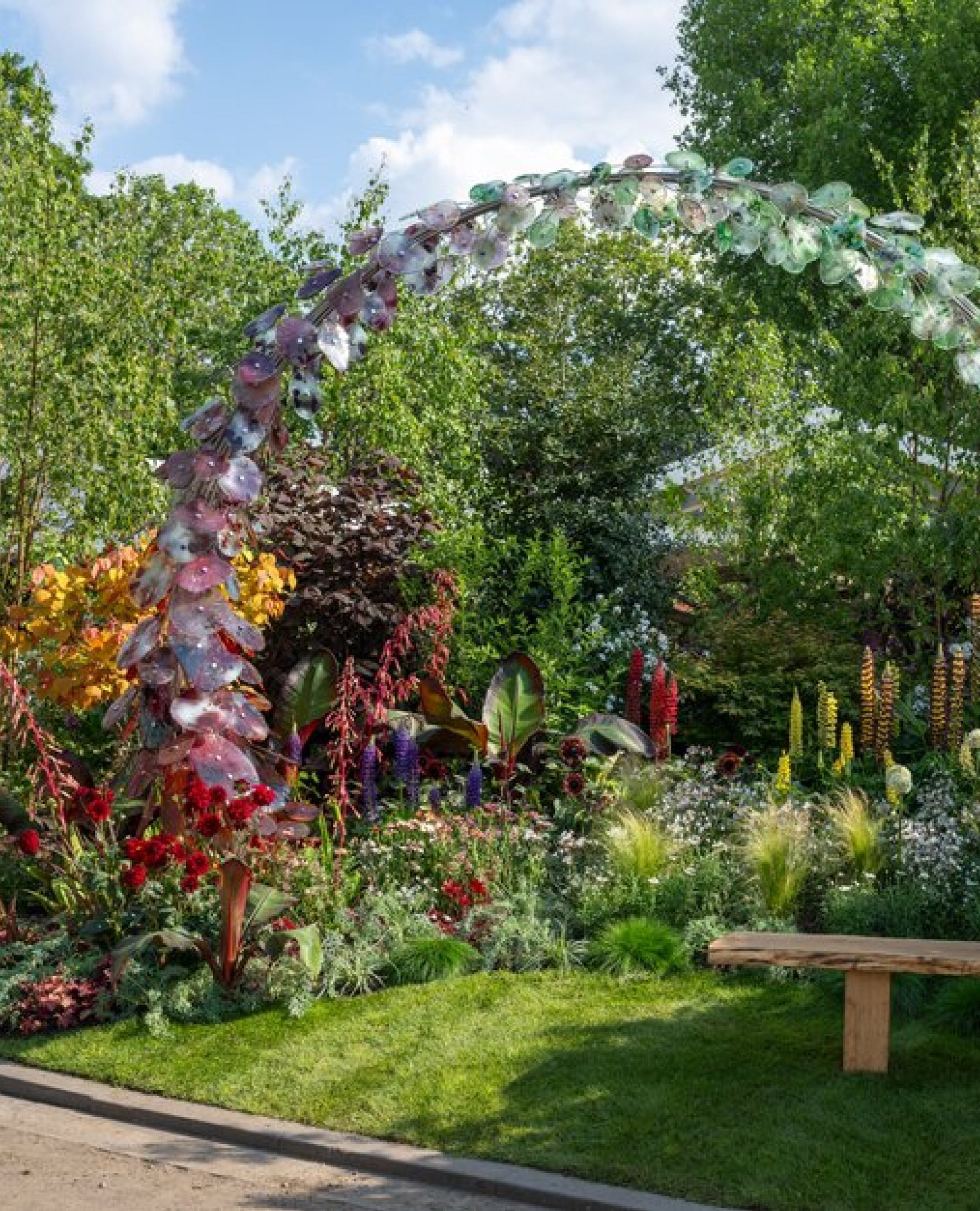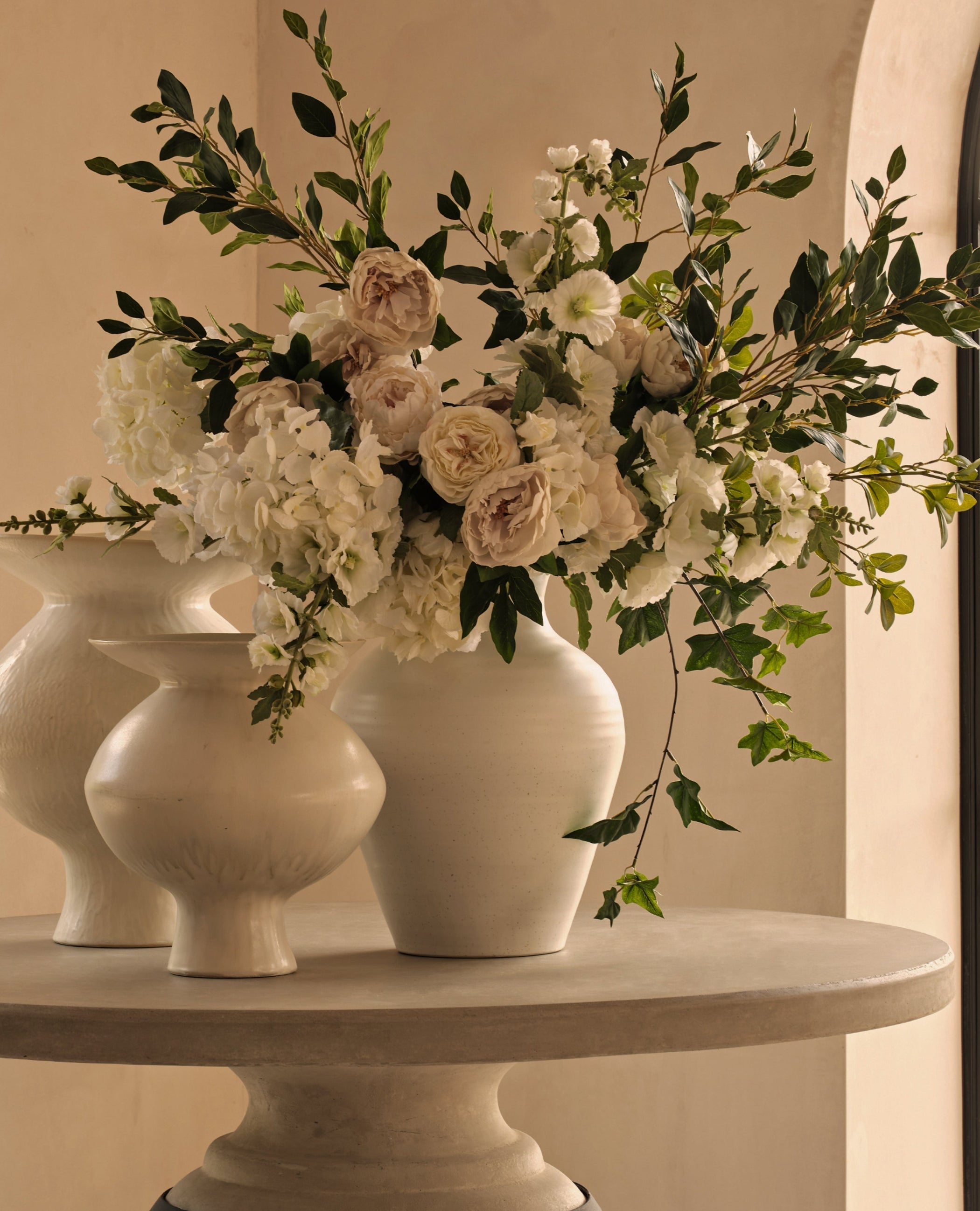An area where wild natural beauty meets spectacular historical architecture, part of north Wales’ appeal is in its contrast. A fitting location, then, for a 17th-century house that is a juxtaposition in itself.
Formerly half servants’ quarters, half home to landed gentry, these twin lives are evident in the property’s myriad architectural details. These span elegant panelled walls and architraves in the sitting room to original quarry tiles in the kitchen. The multi-period features give the building its Grade II listed status and set the scene for a truly characterful space.
Our stylists took this eclectic setting as a cue to gather our most colourful and daring designs. Creating a happy blend of patterns and palettes to envision a more contemporary approach to country home decor.






